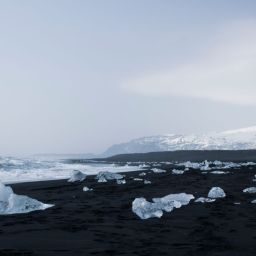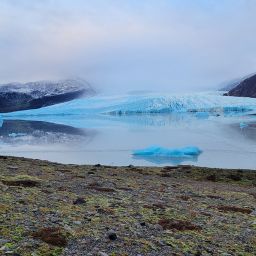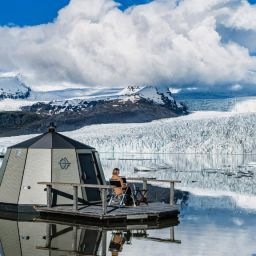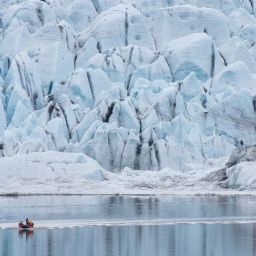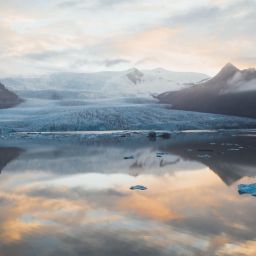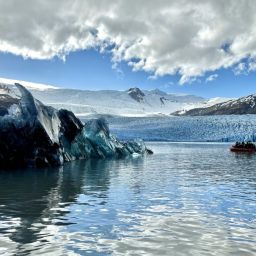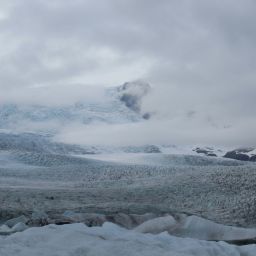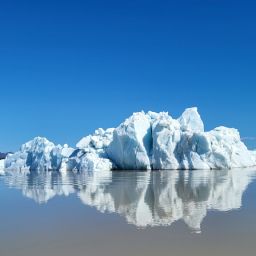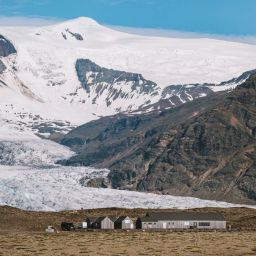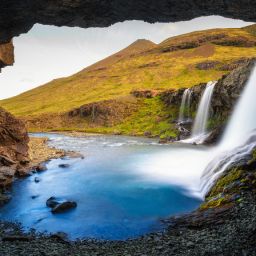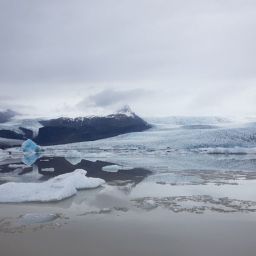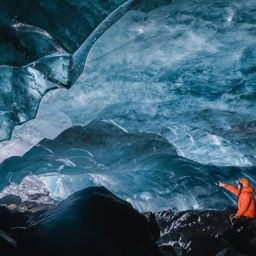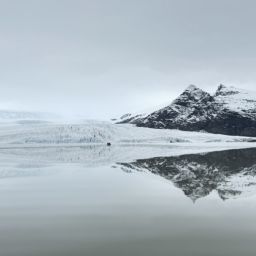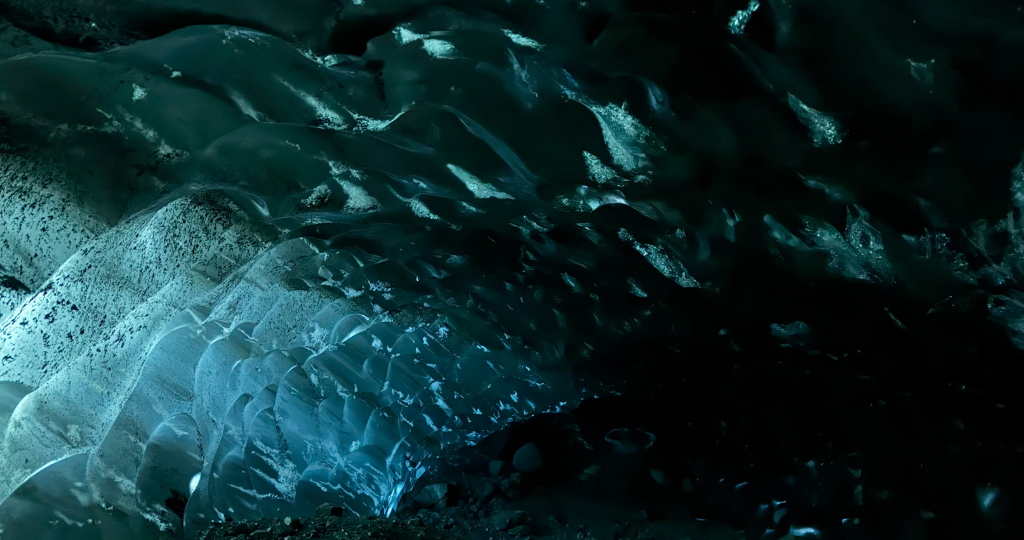
From a distance, Vatnajökull appears to be a solid tongue of ice. It’s huge, covering an estimated 10% of Iceland’s land area, and in places, the ice is hundreds of metres thick. Yet take a closer look and the surface of the glacier is riddled with crevasses. It’s also littered with moulins, which are broadly circular vertical shafts. These moulins vary greatly in size but can measure as much as ten metres across. Meltwater spirals down, widening them and if the process continues for long enough, deepens them so that they bore right through the glacier. In such ways, the glacier is hollowed out in places and it’s these subglacial caverns that we know as ice caves.
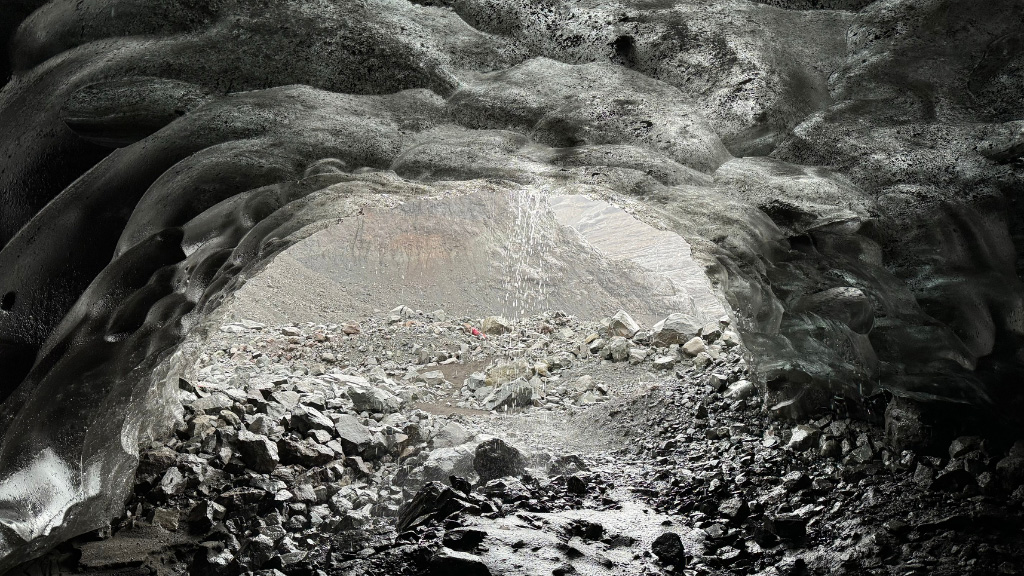
Meltwater drips down the entrance to an ice cave at Breiðamerkurjökull glacier.
Every summer, as temperatures naturally rise, the actions of meltwater on the glacier are amplified. At this time of year, the glacier is relatively unstable. Channels and tunnels can quickly fill up with water, while the underground spaces are prone to cave-ins. As winter approaches, the temperatures fall and any water on or under the glacier is able to freeze once more. The walls and ceilings of ice caves tend to be more secure and far less likely to collapse.
The fact that these seasonal changes take place means that the glacier ice caves aren’t the same from one year to the next. Each summer, the amount of warm days and the temperatures encountered will differ. In sustained periods of good weather, meltwater will have more time to act on the ice. Tunnels and conduits will be wider and caves will become larger. Conversely, if winter arrives early, the meltwater begins to freeze much sooner and the caves will stabilise earlier in the season. Some ice caves don’t last from one season to the next. What people might refer to by name one year may not be accessible the next, so in these instances the names are effectively retired.
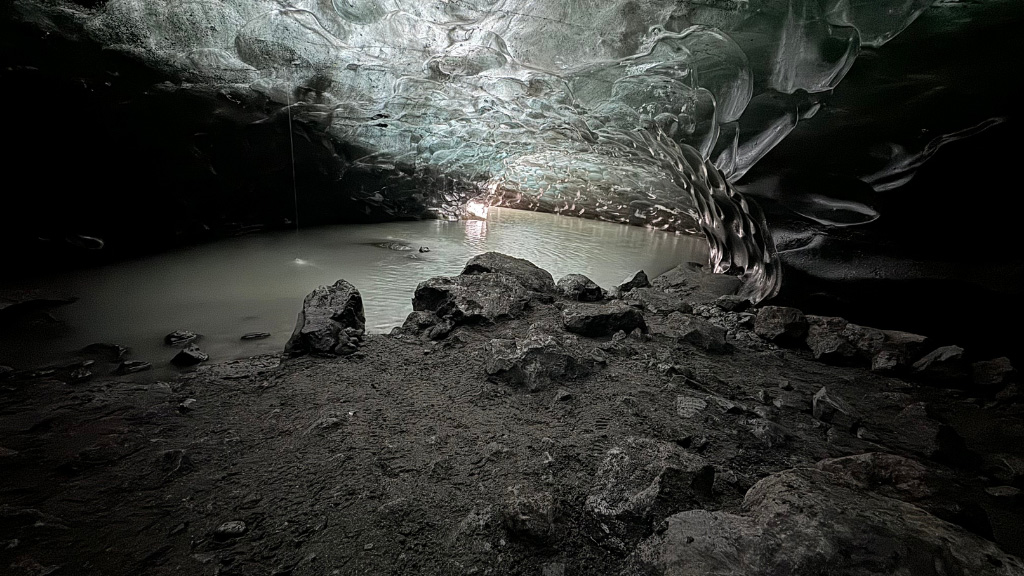
Meltwater on the floor of an ice cave in Vatnajökull glacier.
It’s this unpredictability that means the majority of Iceland’s ice caves are strictly off-limits during the warmer months for safety reasons. It’s also the reason why unguided visits are so dangerous. As a casual visitor, venturing inside independently could potentially have disastrous consequences as you would be unlikely to be fully abreast of current conditions, and especially changes that have taken place prior to your visit.
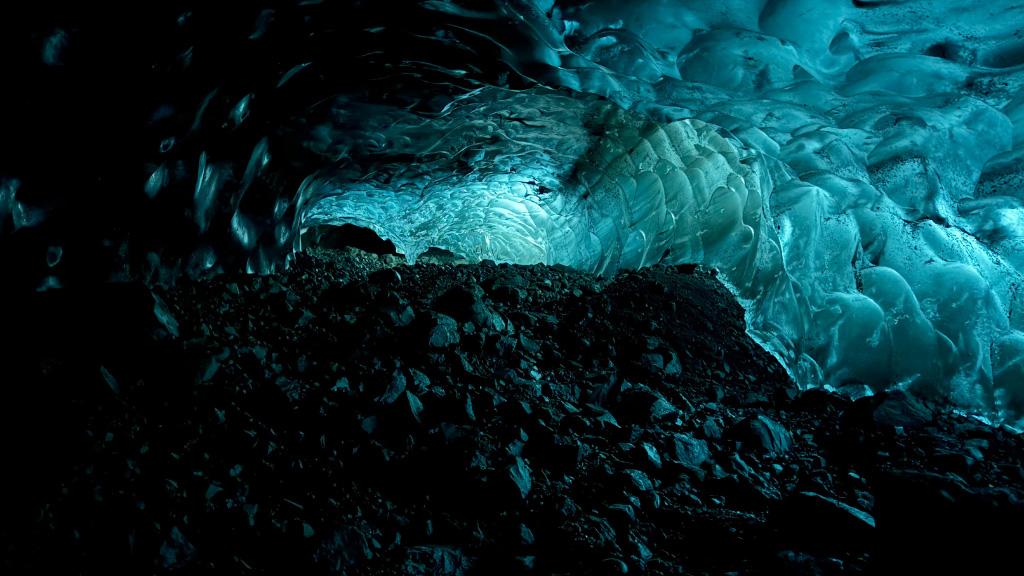
A natural blue ice cave during high winter season in Vatnajökull glacier, Iceland.
At Fjallsárlón, our glacier ice cave tours only take place when and where it is safe to do so, as is the case with any other reputable tour operator. Usually, the season lasts from November to March. You’ll be expected to wear a helmet and crampons, while you may also be issued with other equipment such as an ice axe.
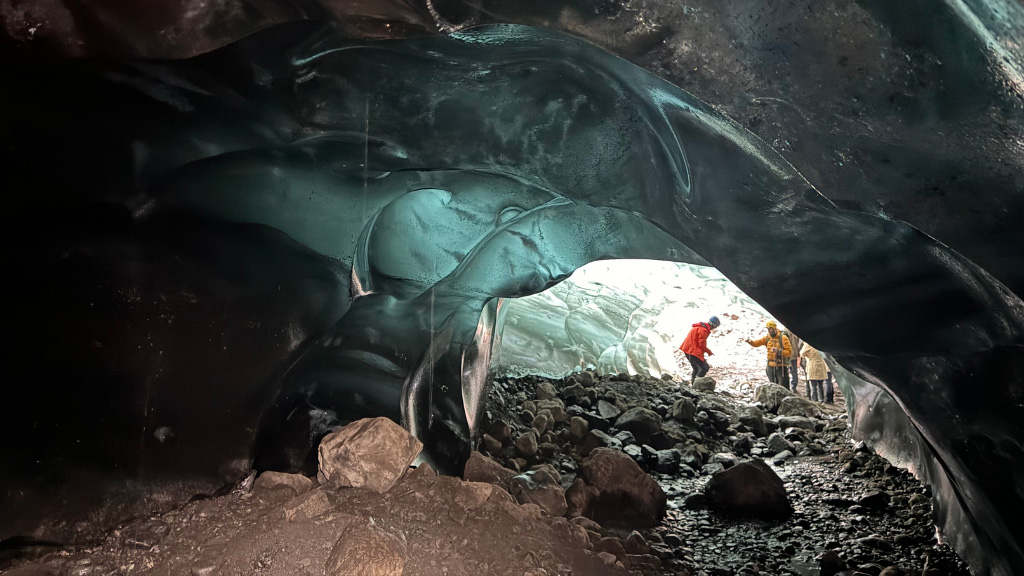
People entering a natural blue ice cave in Vatnajökull glacier during high winter season.
Experts will scout the Vatnajökull glacier each autumn to identify suitable ice caves for the upcoming season. Following this, on a day to day basis, qualified guides will take no chances with the safety of their guests. Regular checks are made to ascertain that the current condition of the ice caves and access to them is unlikely to constitute a risk. Only after such risk assessments are carried out and tour operators are satisfied the cave is in good shape will they lead their group inside. So if you’ve ever wondered why some of the hidden ice caves beneath Vatnajökull are off-limits or a dazzling cave that was splashed across Instagram one year vanishes off social media feeds the next, it’s because they’re far too inaccessible or dangerously unstable to risk trying to reach.


